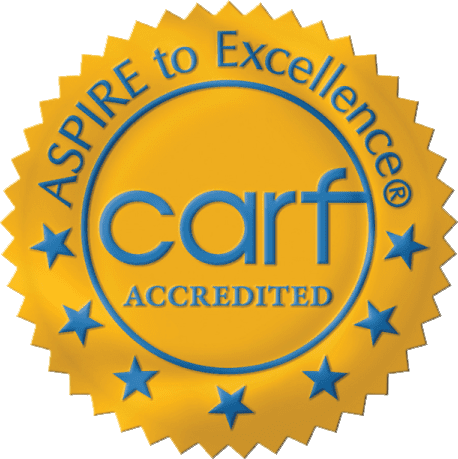
Congratulations! Landing your first job is a significant milestone. As you celebrate this achievement, you might be wondering what comes next. The transition from job offer to active employee involves several essential processes, including completing hiring documents, onboarding, and orientation. Here’s a detailed guide to help you navigate these steps and start your new role with confidence.
Once you’ve accepted a job offer, the first step is to complete necessary hiring documents. These documents are critical for ensuring that your employment is legally compliant and that the company has all the information needed to set you up as an employee. Here’s what to expect:
Your employment contract outlines the terms and conditions of your employment, including your job title, responsibilities, salary, benefits, work hours, and other relevant details. Carefully review the contract and clarify any uncertainties before signing.
In the United States, you’ll need to fill out a W-4 form to determine the amount of federal income tax to be withheld from your paycheck. You might also need to complete state tax forms depending on your location.
If you prefer to have your salary directly deposited into your bank account, you’ll need to complete a direct deposit authorization form. This form will require your bank account details and routing number.
The I-9 form is used to verify your identity and employment authorization in the United States. You’ll need to provide original documents, such as a passport or a combination of a driver’s license and Social Security card, to complete this verification process.
Some companies have additional forms, such as non-disclosure agreements (NDAs), non-compete agreements, and employee handbooks. Be sure to read and understand these documents as they outline important policies and expectations.
Onboarding is a structured process that helps new employees acclimate to their roles and the company culture. It’s designed to provide you with the tools, resources, and information needed to succeed in your new position. Here’s what typically happens during onboarding:
Many companies provide a welcome package that includes important information about the company, its values, mission, and vision. This package might also include branded merchandise, a company directory, and contact information for key personnel.
You’ll be introduced to your team members and given a tour of the workplace. This helps you familiarize yourself with the office layout, including important areas like the break room, restrooms, and emergency exits.
Onboarding often includes initial training sessions to help you understand your role and responsibilities. This training might cover company policies, job-specific skills, and procedures. Some companies also offer ongoing professional development opportunities.
Orientation is a crucial part of the onboarding process, providing you with a comprehensive overview of the company and its operations. It’s designed to help you integrate smoothly into your new role and feel more comfortable in your work environment. Here’s what to expect during orientation:
You’ll learn about the company’s history, mission, values, and culture. This overview helps you understand how your role fits into the larger organizational context and aligns with the company’s goals.
Orientation covers important company policies, including attendance, dress code, code of conduct, and workplace safety. You’ll also be introduced to procedures for reporting issues, requesting time off, and accessing company resources.
You’ll receive detailed information about your compensation package, including salary, bonuses, health insurance, retirement plans, and other benefits. This session will also cover how to enroll in benefits programs and whom to contact with questions.
Orientation typically includes opportunities for you to ask questions and seek clarification on any topics covered. Don’t hesitate to speak up if you have any concerns or need additional information.
Starting a new job is an exciting journey filled with opportunities for growth and development. By understanding the steps involved in completing hiring documents, participating in the onboarding process, and attending orientation, you’ll be well-prepared to hit the ground running. Remember, the first few weeks are about learning and adapting, so be patient with yourself and take advantage of the resources and support available to you.
At L&S Consulting, we’re here to help you every step of the way. If you have any questions or need further guidance, don’t hesitate to reach out to us. We wish you the best of luck in your new role and look forward to supporting your professional journey.

L&S Consulting does not discriminate based on race, creed, religion, sex, sexual orientation, color, national origin, familial status, age, disability, marital status, veteran status or status with regard to public assistance.
For a copy of the Client Handbook, email info@lsconsulting.com
For questions, email admin@lsconsultingmn.com

CARF Accreditation and VRS Requirements
To provide quality services to our clients, our organization is accredited by CARF (Commission on Accreditation of Rehabilitation Facilities). This accreditation ensures that we meet high standards for employment and community services, focusing on personalized, effective, and measurable support to help clients achieve meaningful employment and community integration.
Reaccreditation is required every three years to ensure continuous improvement and compliance with CARF standards, demonstrating our ongoing commitment to excellence and client-centered outcomes.
For a copy of the Client Handbook or to view our documents in another language, Please send an email to info@lsconsulting.com